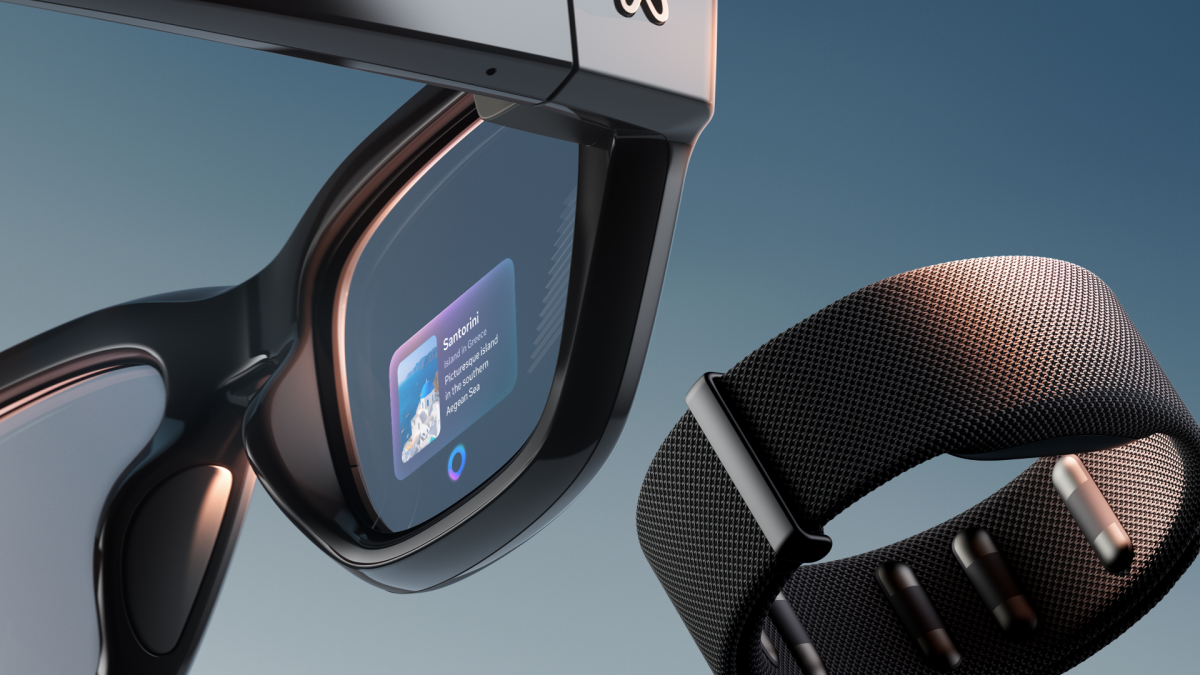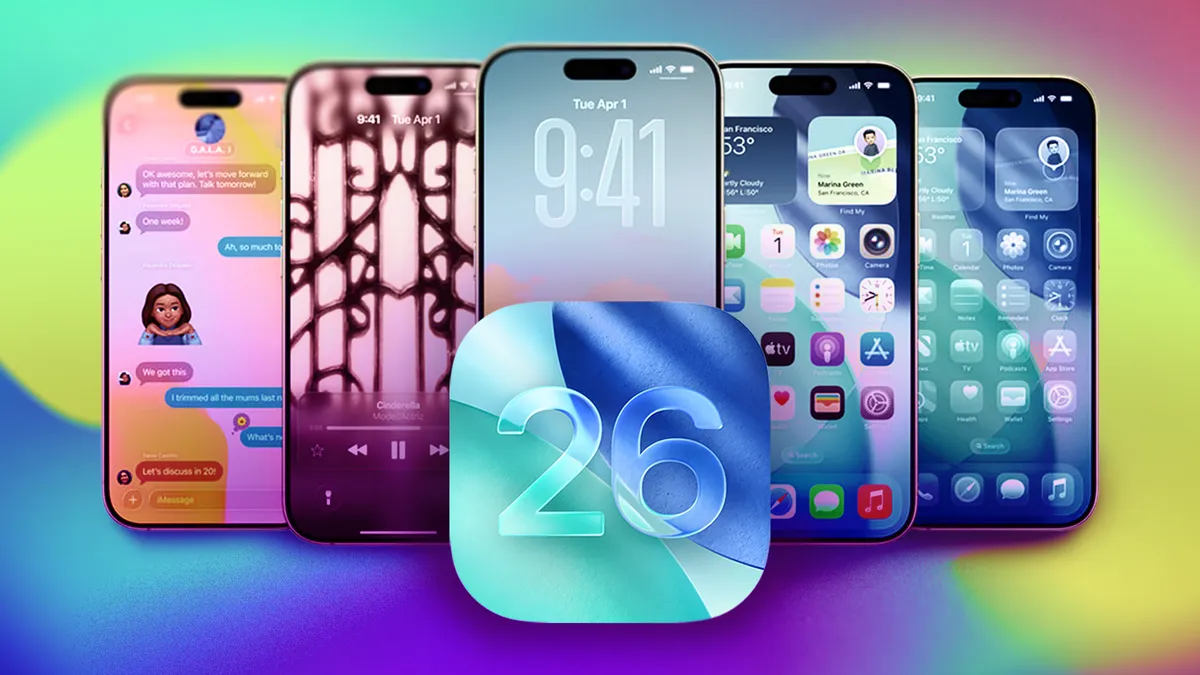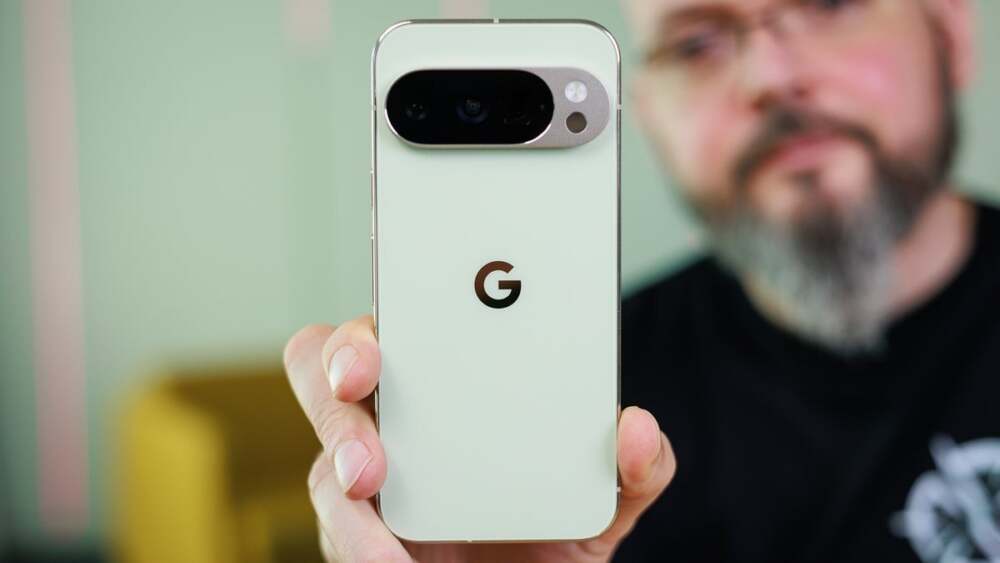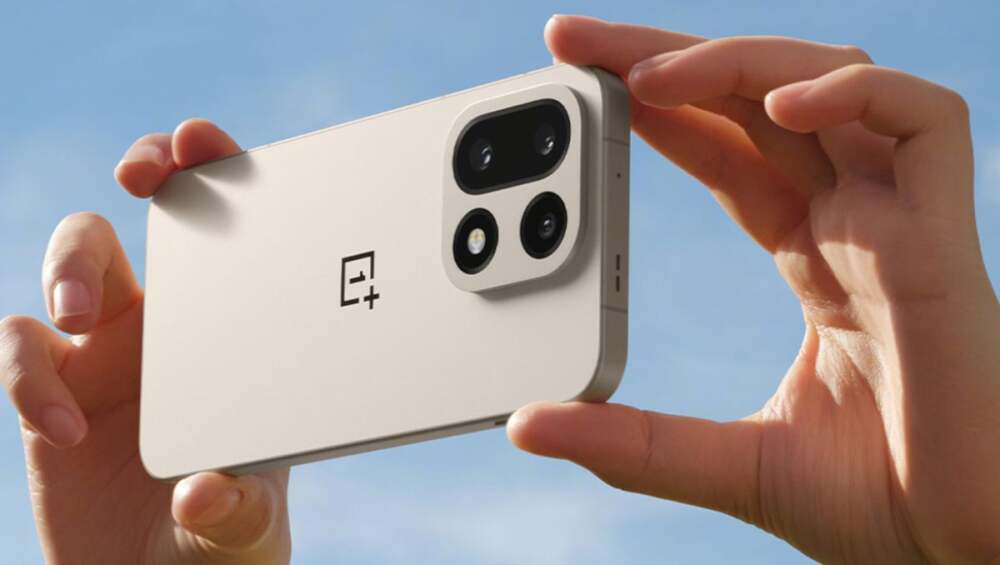Tech Desk – October 2025 – Meta and Ray-Ban have officially launched their second-generation smart glasses, and the message is clear: wearable technology is evolving steadily, not explosively. The Ray-Ban Meta Gen 2 is not a radical redesign but rather a careful refinement of its predecessor. It promises longer battery life, sharper cameras, more immersive AI features, and sleeker design improvements. But for all its progress, the glasses still sit at the intersection of excitement and skepticism — balancing between being a futuristic tool and a controversial gadget.
A Brief Look Back: The Smart Glasses Journey
Smart glasses have long fascinated the tech industry. From Google Glass in 2013, which was ambitious but socially awkward, to Snap’s Spectacles that were stylish but limited, companies have struggled to merge utility with social acceptance.
When Meta and Ray-Ban launched their first generation of smart glasses, they struck a balance: sunglasses that looked normal but had discreet cameras and microphones. The idea was simple — allow users to capture moments hands-free and connect with Meta’s platforms. But the Gen 1 model faced criticism for its short battery life, limited functionality, and, most importantly, the unease people felt about hidden cameras in everyday spaces.
Now, with the Gen 2, Meta and Ray-Ban are betting that improved design and performance can win skeptics over.
Design: Familiar but More Refined
On the surface, the Gen 2 looks like a standard pair of Ray-Bans. The Wayfarer, Skyler, and Headliner frames remain available, ensuring the glasses retain their fashionable DNA. But under the surface, several refinements make the glasses more wearable.
- Thinner arms house the technology more seamlessly.
- Weight distribution has been improved, so the glasses feel less front-heavy.
- Users report that they can wear the glasses comfortably for a few hours at a time without fatigue, although all-day wear still feels slightly noticeable.
The design is discreet enough that most people won’t recognize them as “smart glasses” — a double-edged sword. On one hand, this normalcy is appealing. On the other, it amplifies privacy concerns, since people may not realize they are being filmed.
Power That Lasts
One of the most frustrating aspects of Gen 1 was its short battery life. Meta has tackled this head-on with the Gen 2.
- Up to 8 hours of use on a single charge
- Fast-charging case providing up to 48 hours of extended use
- 20-minute quick charge delivers nearly half a day of power
This improvement transforms the glasses from a “novelty gadget” into a potential daily companion. Users can wear them through an entire workday or a long trip without worrying about constantly charging.
Camera and Video: Sharper, Clearer, More Versatile
The embedded camera is another major upgrade.
- 3K Ultra HD video at 30 fps for crisp, immersive footage
- Multiple video modes, including 1440p and high-frame-rate 1200p at 60 fps
- Improved image stabilization, although some shakiness persists with fast head movements
- Photos are sharper, with better color balance compared to Gen 1
Still, Meta imposes a limit on recording length, capping videos at a few minutes. While this prevents misuse and conserves power, it also means the glasses are better suited for short clips, social media content, and everyday moments, not long-form recording.
Audio and Interaction: A Smarter Companion
The open-ear speakers are discreetly built into the arms, allowing wearers to listen to music, podcasts, or calls without blocking outside noise. The audio is clearer than before, but at higher volumes, it can leak sound, raising privacy issues during phone calls.
Meta is also rolling out Conversation Focus, an AI feature that isolates a speaking voice in noisy environments. This promises to make conversations easier in bustling cafés, airports, or city streets — a feature with real-world usefulness.
Another highlight is expanded live translation. With support for more languages and the ability to preload offline packs, the glasses can act as a real-time interpreter, turning them into a powerful travel companion.
The Role of AI
The Gen 2 isn’t just hardware — it’s deeply integrated with Meta’s AI. Users can issue voice commands, ask contextual questions, and even rely on AI to organize their recordings and photos. Meta is clearly positioning these glasses as more than a camera: they are an AI assistant on your face.
This integration allows for features like:
- Contextual voice commands (“Start recording when I say go”)
- Real-time summarization of events
- Smarter suggestions and proactive alerts
But this also ties users further into Meta’s ecosystem, raising concerns about how much data the company collects and how it is used.
Privacy and Social Acceptance
Here lies the greatest challenge. Despite improvements, the glasses still carry the stigma of surveillance. An outward-facing camera, even with an LED indicator light, makes people uneasy. Many worry about being recorded unknowingly in public spaces.
Social acceptance is still evolving. Some will embrace the glasses as a tool for creativity and convenience, while others will see them as an invasion of privacy. Until society develops clear etiquette — like asking permission before recording — smart glasses will remain controversial.
Who Should Buy Them?
The Ray-Ban Meta Gen 2 appeals to specific groups:
- Content creators and vloggers who want hands-free video.
- Tech enthusiasts eager to explore the future of wearables.
- Travelers who benefit from translation and navigation features.
- Professionals on the go who need quick access to AI-driven tools.
But for the average consumer, the glasses may still feel like a luxury rather than a necessity. If privacy concerns or limited recording options outweigh the benefits, waiting for future versions might be the better choice.
The Verdict: A Step Forward, Not a Leap
The Ray-Ban Meta Gen 2 Smart Glasses are a clear improvement over their predecessor. They fix key flaws — short battery life, limited camera quality, and awkward design — and add genuinely useful AI-driven features.
Yet they also highlight the ongoing tension between innovation and acceptance. While they are now powerful enough to be considered practical, the social and ethical questions remain unresolved. Are we ready to normalize wearing cameras on our faces? Can we trust Meta with the data these devices generate?
For now, the Gen 2 feels like a bridge product: more polished and usable than the first generation, but still a step away from mass adoption. They represent the future of wearable computing, but whether that future is embraced or resisted depends as much on society as on technology.
















Leave a Reply